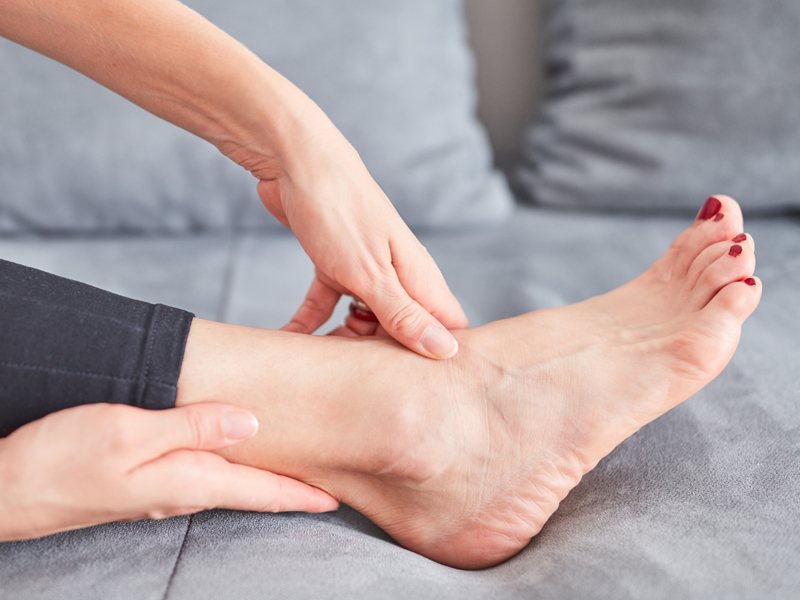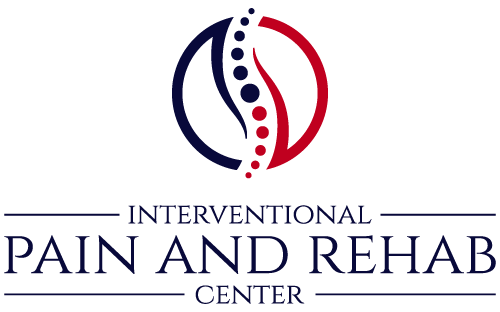Ankle/Foot Pain
Appointment
Fill Out The Form Below
Working Hour
- 8 AM - 5 PM
- 8 AM - 5 PM
- 8 AM - 5 PM
- 8 AM - 5 PM
- 8 AM - 5 PM
- Closed
- Closed

Ankle/Foot Pain
Pain in the Ankle and Feet
Ankle and foot pain is a frequent complaint that can be extremely painful. Based on where the pain is, foot and ankle pain can be assessed:
- Forefoot – the front part of the foot that includes the toes
- Midfoot – the middle part of the foot between the toes and the heel/ankle
- Hindfoot – the back part of the foot including the heel and ankle
The various parts of the foot might have very different normal anatomy. While some people have long, thin feet, others have short, wide feet. From flat arches (pes planus) to extremely high arches (pes cavus), the degree of longitudinal arch and the position of the bones also differ significantly.
The foot and ankle include several joints, numerous ligaments, and numerous tendons that permit a variety of movement patterns and individual toe movement. Various additional structures around the foot and ankle are needed to support this variable movement:
- Muscles can flex, extend, and rotate the foot and toes because they are attached to the ankle and foot bones via tendons.
- Sturdy connective tissue gives joints flexibility and stability.
- The area’s blood vessels guarantee that there is always enough blood available for movement.
- Nerves transmit impulses that enable the movement you want to happen.
There are numerous ways that an injury might happen because your foot and ankle are made up of so many intricate structures that work together to guarantee optimal function. You can feel discomfort if any of these structures break down or become damaged.
Typical Reasons for Ankle and Foot Pain
Ankle and foot pain can have a variety of causes. In order to guarantee that you receive the best possible therapy for your ailment, a correct diagnosis is essential.
Forefoot Traumas
- Fractures: One of the numerous bones in the toes may break from a rapid blow. Although sports injuries are the most common cause of this, dropping a large object on the toes or foot may also be the cause.
- Dislocations: When a toe is stubbed, the bone is typically knocked out of position.
- Hallux Rigidus: Inflexibility in the joint that connects the big toe to the corresponding foot bone. There is little room for big toe extension, and it can hurt. Up to 6% of middle-aged and older persons have this, typically as a result of osteoarthritis.
- Atypical neural tissue growth between the toes, commonly the third and fourth, is known as a Morton Neuroma. The phenomenon that causes searing pain between the toes is not well understood. It is a universal phenomenon.
- Gout: An intricate kind of arthritis that causes excruciating joint pain, commonly in the big toe, that swells, gets red, and becomes exceedingly sensitive to even the slightest pressure.

Midfoot Strains
In order to stabilize the arch using bones and ligaments, the midfoot is essential. An injury to this region may result in foot instability.
- Lisfranc Injury: This happens when the midfoot’s bones are fractured or when the ligaments supporting the midfoot are damaged. This occurs when falls directly land on the foot, particularly when the foot is extended downward. It can range in complexity from simple (one bone damaged) to sophisticated (many bones implicated).
- Charcot Foot: A condition where peripheral neuropathy occurs. The arch collapses when the midfoot’s bones weaken and have the potential to shatter. The deformity of the foot alters gait.
- Tendonitis: Excessive use of your foot can cause injury to the tendons.
Injuries to the hindfoot
The calcaneus and talus bones, which enable foot rotation, are located in the hindfoot. Typical injury kinds consist of:
- An intense stabbing pain at the bottom of the foot and in the heel is caused by inflammation of the strong band of connective tissue that runs between your forefoot and heel. Generally speaking, pain is worse first thing in the morning.
- The posterior tibial tendon compresses as it passes through the band of connective tissue that runs parallel to the leg bone in tarsal tunnel syndrome. Your foot may become painful, numb, or tingly as a result of this.
- A sprain happens when ligaments are strained or damaged. A strain is brought on by strained or stretched muscles. Excessive pressure on your muscles and ligaments might result in these injuries.
Arthritic
Inflammation of the foot or ankle joint can lead to the development of arthritis, which worsens with time and causes pain and stiffness. Among the most prevalent kinds of arthritis are:
- Rheumatoid arthritis: This condition is brought on by an immune system attack on the joint, which results in pain and swelling.
- Osteoarthritis: This condition arises when your joint’s cartilage degrades, rubbing your bones against one another. Pain and stiffness are the effects of osteoarthritis.
Pain Management for the Foot and Ankle
Whenever feasible, we at the Denver Spine and Pain Institute advise conservative therapy. Our objectives are to enhance function, lessen discomfort, and enhance quality of life. We will order imaging of the ankle and foot, maybe including X-rays, if necessary. The particular source of your discomfort will determine what kind of treatment you need.
- Physical therapy aims to reduce pain, increase mobility, and treat any underlying muscular or mechanical issues that may be causing your discomfort.
- You may find it simpler to engage in physical therapy if you use muscle relaxants and anti-inflammatory drugs to temporarily relieve your symptoms.
- If medicine and physical therapy alone aren’t enough to relieve your symptoms, injections could be able to provide you the long-term respite you need.
- Platelet rich plasma (PRP) and stem cell therapies are examples of regenerative medicine therapy.
- Tenex is used to administer percutaneous needle fasciotomy, a therapy that is frequently successful in treating tendonitis.
Surgery can be required if these conservative measures are insufficient to relieve the patient’s symptoms. Before your surgical consultation, our staff will conduct all necessary diagnostic testing to pinpoint the exact source and location of your discomfort. Your surgeon will be able to arrange your procedure with the help of these diagnostic tests.
Regaining a Life Free of Pain
Persistent foot and ankle discomfort can seriously lower your quality of life by making it difficult to carry out your favorite activities and regular daily responsibilities. Thankfully, this agony is no longer something you have to endure. We provide the most cutting-edge therapies at the Denver Spine and Pain Institute to relieve your foot and ankle pain so you may resume your normal life.
- A comprehensive range of services, including doctors, physical therapy, massage, counseling on diet and lifestyle, behavioral health, research, and state-of-the-art treatment alternatives
- Forming healing and caring connections that cater to your individual needs
- Talking through your options and giving you the direction you require from a committed healthcare partner
- Assembling a knowledgeable group to manage your care program
